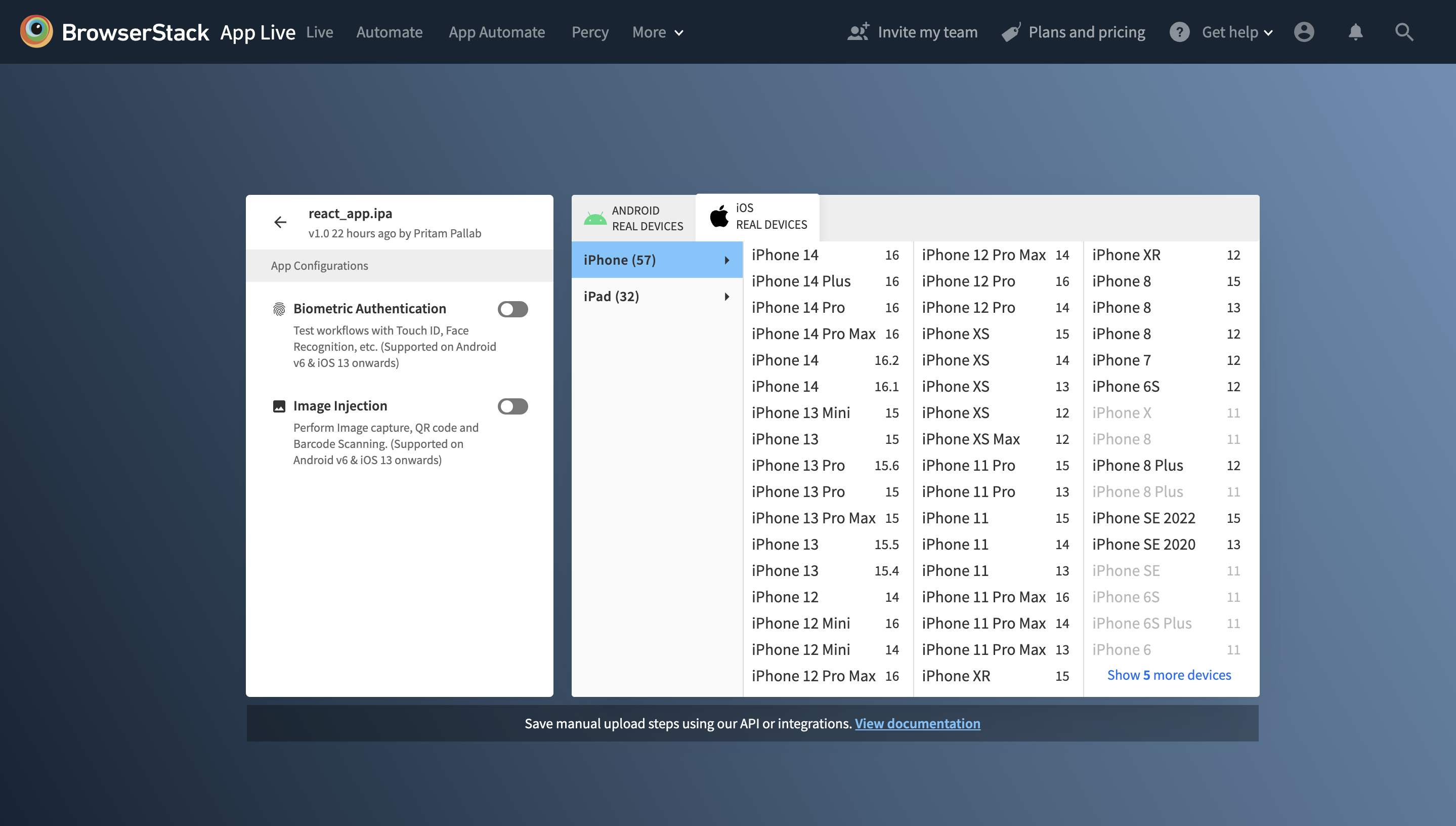
Murphy knows what he is talking about. Let’s look at some stats to solidify it.
Naturally, mobile testing is an indispensable part of all software testing cycles. Each app must run flawlessly on thousands of different devices and operating systems. Mobile testing must be planned and executed with the utmost thoroughness and accuracy to ensure this is possible.
To that end, this article discusses a few types of mobile application testing that would best serve testers, developers, and users in the long term. Knowing about the different types of mobile testing would be the first step toward formulating a comprehensive QA strategy.
Table of ContentsThis mobile testing type aims to verify that every function of an app is working precisely as required. It focuses on testing user flows within the app and each feature comprising each user flow. Customers expect that each app will be flawless in its functioning. If they encounter a flaw, they will usually not think twice about uninstalling the app. Multiple usage scenarios must be included in mobile app functional testing, but some of the important ones would be:
BrowserStack’s real device cloud offers 3000+ real browsers and devices for exhaustive and real-time software testing. For mobile app testing, users can leverage thousands of mobile devices (iOS, Android, Windows). You can run manual app tests on BrowserStack App Live or automated app testing via Appium, XCUITest, EarlGrey, and more on BrowserStack App Automate.

Sign up for free, choose from the thousands of latest and legacy mobile devices on the cloud, and start testing your mobile apps in real user conditions. Access native device features to verify app performance and undertake optimizations to provide the best possible user experience.
This type of mobile testing checks how an application responds when faced with an unexpected interruption. Depending on the nature of the interruption, the application should pause and then return to its original state or even react in a particular way. The kind of interruptions will differ based on the application under test, but some common interruptions that should be considered while testing are:
Interruption testing ensures that an app handles interruptions without failure or anomaly. When used by real users, every app will have to operate along with other device functions. Every app must be optimized to deal with these device functions while running.
Among the many types of app testing, this approach is beneficial. This variant of mobile app testing is meant to test features dependent on an app’s geographical location. Since most apps seek to appeal to a global user base, they include localized features for users’ convenience. These features can vary from enabling different languages and commerce in local currency to adherence to local laws and regulations.
Therefore, checking website loading time on mobile devices, especially the most popular ones, is imperative. However, procuring each mobile device, and checking the website speed on each, would be highly ineffective in terms of time and effort.
It is easier to run website speed tests using SpeedLab, a free tool from BrowserStack.

A memory leak refers to a situation in which the app fails to return the memory it has acquired for temporary use to function. The available memory for the app drains, and the app cannot function. If an app is frequently used or opened, a small memory leak can result in its termination. Memory leaks emerge from programming bugs, so every app needs to be tested for this issue.
Memory leak testing is done by running an app on multiple devices. By doing so, testers can check the app performance on devices with different memory capabilities and optimize the app to function effectively on each configuration.
If you are starting with mobile app testing, give BrowserStack Test University a try. Create a FREE account, and access real devices for a hands-on learning experience that lets you master the fundamentals of software testing.
Also known as user experience testing, this checks an app for user-friendliness. It checks ease of use and intuitiveness, aiming to provide a seamless user experience free of bugs and anomalies. Since the success of an app depends on the appeal of its end-to-end user experience, it is best to do usability tests with actual customers on real devices. This is the best way to understand the preferences of the target audience. Conversely, one can have skilled testers running user scenarios that mirror the behavior of actual end-users. A few pointers to keep in mind during usability tests:
It is essential to test how an application performs under various conditions. This is where performance testing comes in. It puts the device under various forms of pressure to function correctly in non-optimal conditions. A few things that performance testing should verify:
App users are becoming increasingly conscious of issues surrounding data security. Online privacy and confidentiality of personal data are significant concerns for most netizens – 70% report being concerned that their personal information will be shared without permission. 81% of users say they would uninstall an app and switch vendors because of security concerns.
Security testing is imperative to the success of an app. Since almost every app requires some personal information, tests must be conducted to fortify them and provide data confidentiality. QAs must thoroughly check that the application can defend its users from having their information leaked or hacked. This is especially true of banking apps.
To conclude,
The aforementioned mobile testing types must be incorporated into every app testing plan to ensure the release of a robust, user-friendly app with the highest chance of success. Bear in mind, however, that all mobile app testing types must be executed on real devices whether manual or automated app testing, real devices, and operating systems involvement are non-negotiable. There is no way to guarantee real-world success without testing in real user conditions.